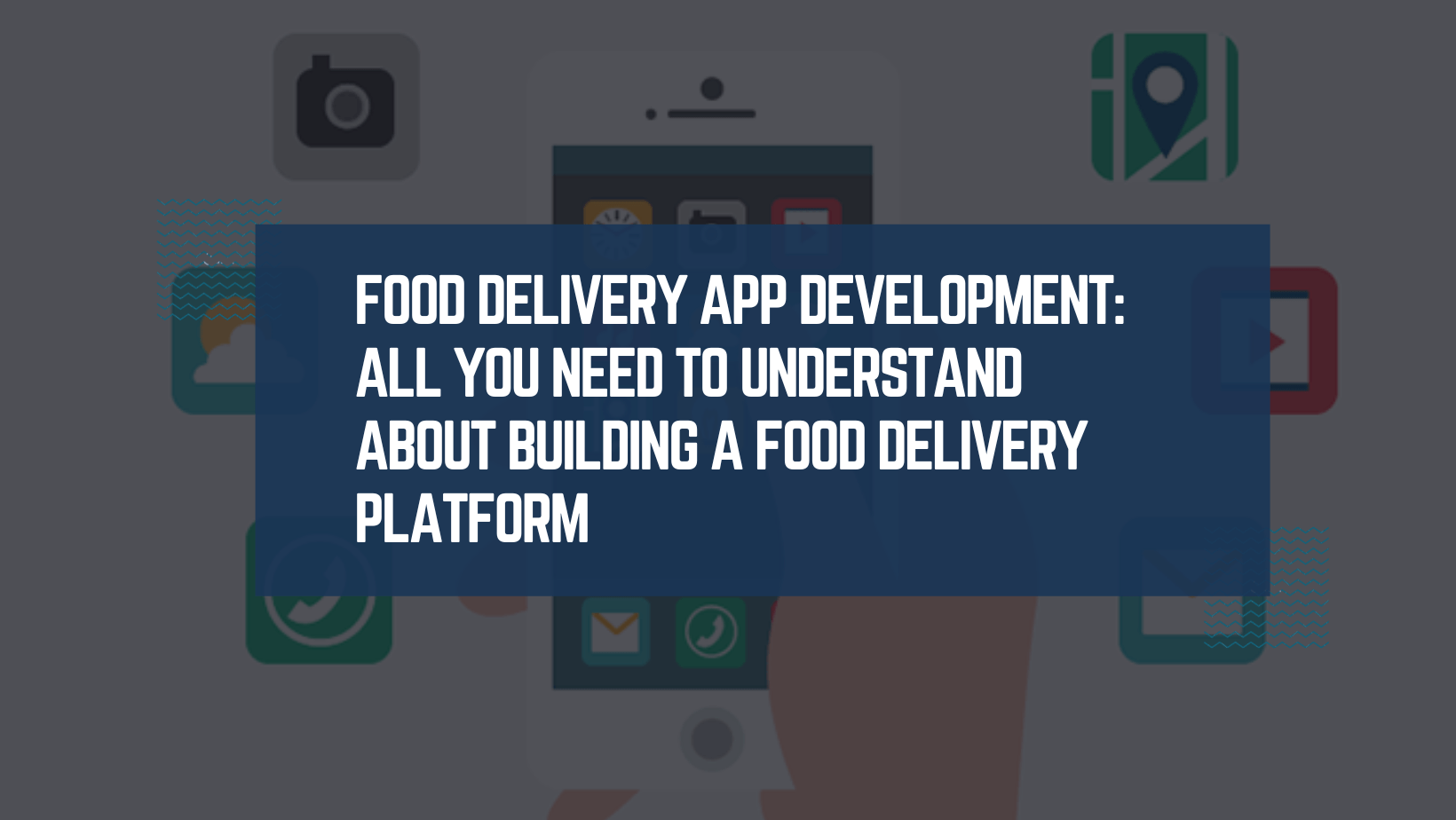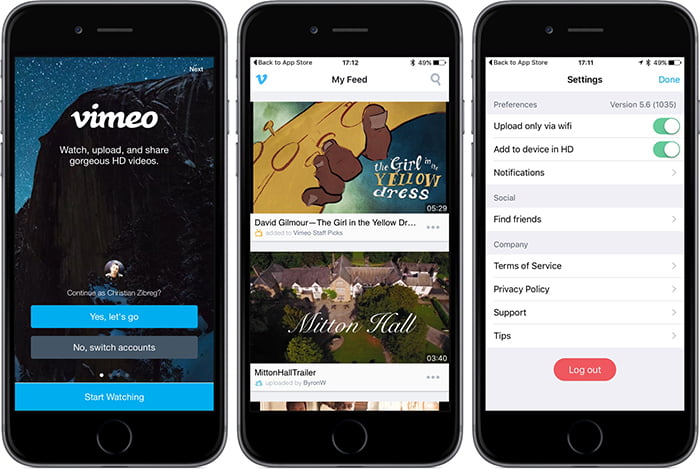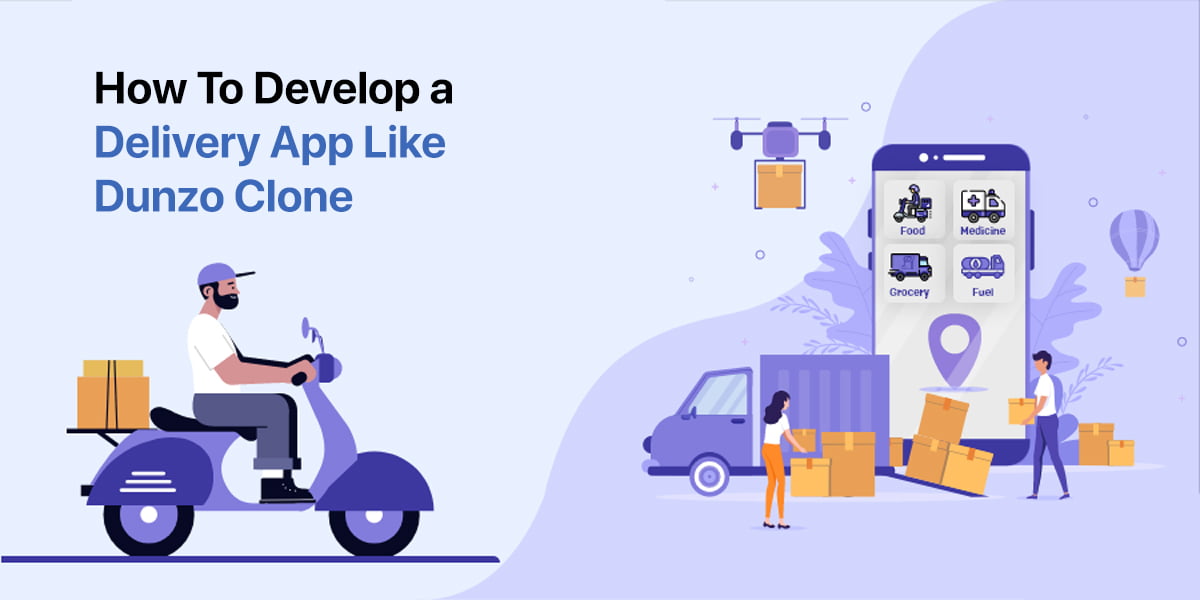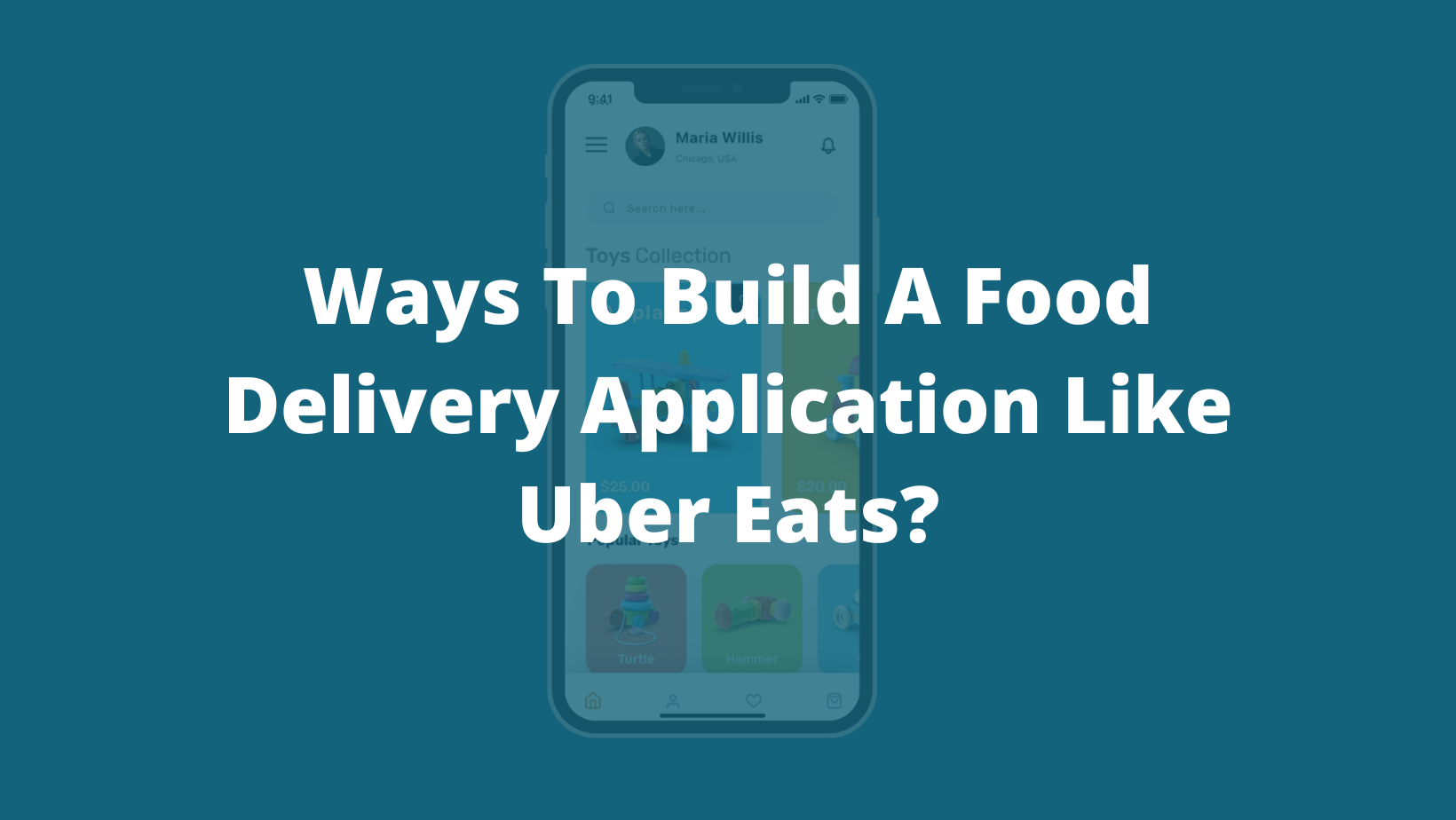
Food delivery apps are very popular right now, and it seems like a new one comes out every few months. We’ll discuss this food delivery app, including how their business operates, who their target customers are, and what it takes to make a great app.
User Problem Solving:
Meal ordering applications tackle a major problem in today’s world by allowing users to acquire the food they want without having to waste time going out to eat, prepare it themselves or leave the comfort of their own house or business. Food ordering apps are very popular, especially among people who work in offices, because they allow you to have a digital menu from various restaurants near you and choose a dish from a large variety.
Statistics:
According to studies, men use these types of apps more frequently than women (63 percent men, 37 percent women), and over 85 percent of users are between the ages of 19 and 30, come from middle-class families, are pursuing or have completed a graduate or master’s degree, and use the app a few times per month.
Business model:
Food delivery apps earn money through a variety of sources, the most frequent of which are listed below in order of percentage:
- Percentage of the order: When an order is placed through the app, the restaurant pays a percentage of the order; this revenue source accounts for the vast majority of the profits.
- Delivery fees: some organizations have their own delivery teams or collaborate with another company to handle deliveries; most of the time, users pay more than the real delivery cost, resulting in an additional revenue stream.
- In-app advertisements: some applications include advertisements from restaurants that are running special promotions and wish to advertise on the app.
- selling user behavior data to other organizations: Advertising companies value knowing which types of users order more, from which restaurants, which meals, and in which locations.
- service costs: A lot of applications include a service fee that goes towards improving the product (marketing, development, customer support)
Marketing:
To make this type of app popular, you would have to see an increase in the target demographics(young, educated people from the middle class) or spend a lot of money on advertising.
Most of these apps spend a large amount of money on advertising (millions of dollars) to attract new users, and big corporations like DoorDash or FoodPanda have been known to buy other small businesses in the same industry to steal market share.
Functionalities of Food Delivery App:
A food delivery app’s functionality is rather straightforward: it allows the user to order their favorite food and have it delivered to them.
- Main display
Multiple components make up the primary screen of the most popular food delivery apps:
- Search Feature: Users can utilize the search feature to find their favorite dishes.
- Filtering: Allows you to sort the offerings by food kind, price, delivery time, or even dietary restrictions and restaurant hygiene ratings.
- Food type selection: It allows you to narrow down your search to restaurants that specialize in a specific cuisine (breakfast, Asian, American, Italian, fast food, desserts) or special bargains.
- Various categories: “popular near you,” “new on the platform,” “today’s bargains,” and so on.
- special discounts
- based on your past orders’ recommendations
- a list of eateries
As there is so much information to fit on a screen, the UI of such apps can feel crowded at times, especially when you have ads from multiple eateries in your feed.
Because it’s common knowledge that having more options makes the selection more difficult and this results in a bad UX, because it makes the ordering process more difficult and time-consuming.
We believe that apps in this category should make it as simple as possible for users to order food and assist them in deciding what to order based on previous experiences and what is going on around them (For example, if you visit a new city or country).
- Ordering Process:
Finding something to eat is handled by the app’s main screen, where you can filter and search for the correct meal before being redirected to a restaurant to customise your product. The restaurant is responsible for providing you with a picture of the product as well as some details; nevertheless, all of the tested apps omitted all or some of the following information:
MVPs are well-known for supporting entrepreneurs and startup founders in testing and confirming their product concepts. MVP will assist creators to achieve market fit while reducing future product investments by bringing an ideology of only building key features and being cautious with the money invested.
- pictures of the same dish
- nutritional values
- ingredients
- size of the dish
- allergen information
After you’ve chosen your favorite food, most apps allow you to customise it according to the restaurant’s selections, as well as recommend things that go well with the one you’re going to buy (desserts, drinks, etc). They also provide you with a delivery time estimate, a pricing breakdown, and the option to pay using credit cards, cash, or mobile payment technologies like Apple Pay and Google Pay.
- Status of Order:
After an order has been placed, all of the apps attempt to tell you of the order’s status; nevertheless, most of the estimates and statuses are far from reality, according to the app’s ratings. Implementing an effective tracking system is difficult, especially when you add in a time estimate and the possibility that the food will be delivered by third parties who are not necessarily employees of the company that owns the app.
While order status is unpleasant, the most annoying aspect of this feature is that most apps do not allow you to cancel an order from within the app; instead, you must phone either the restaurant or customer service from within the app. You cannot easily cancel or add to your order, so if you forget to order something, you must either place a new order (new delivery and service charges) or phone the restaurant or customer care to see if they can assist you.
In the year 2020 , this type of behaviour appears to be outdated. We realize that there are certainly technical challenges, but they should not be a problem for well-established companies.
Related link – Top 10 food delivery apps in India
What goes into creating a successful food delivery app?
- Target
The primary focus should be on young people (aged 19–30) who live in cities with large universities or a strong economy and have completed higher education (bachelor, masters, or Ph.D. degrees). Knowing who will be using the app will help us make better judgments as we develop it.
- Should-have Features:
At the very least, the app should allow you to order your favourite food from a nearby restaurant in a simple, straightforward manner. Other essential characteristics include:
Easy sign-up, and it should be postponed until the app needs to know all of that information (name, address, payment methods, etc.)
- Payments by credit card, cash, Apple Pay, and Google Pay
- the ability to look for a restaurant or a specific meal
- restaurants selection (based on price, food type)
- opportunity to include restaurant staff instructions
- Order status and estimated delivery dates
- history of orders
- customer service that is quick, courteous, and helpful
Those functionalities, of course, would have to be implemented in such a way that the user gets a consistent and lag-free experience.
- Must-have Features:
If we want to create a good food delivery app that improves the user experience, we need to include the following features:
- food suggestions and offers
- the option to visit restaurants in different parts of the country
- Filtering by delivery time, pricing, special deals, cuisine, and dietary preferences
- an improved order status that includes food monitoring and the opportunity to contact the courier
- Order status updates via push notifications
- the option to cancel an order directly from the app
- display allergy and nutritional information for the dishes
- Optional feature:
- Split the bill: allowing many people to get meals in one single order delivered to one location would be a hit with users.
- Adding to an order after it’s been placed: obviously, users shouldn’t be able to change their orders after they’ve been submitted by the restaurant, but enabling this to happen within a specified time limit before the food is shipped would be a significant improvement over the current situation.
- Dietary plan and calorie calculator – enter your intended calorie intake along with a dietary plan so that the app can suggest foods that will help you meet your daily objectives.
We’ve observed a trend where more and more restaurants or restaurant chains are moving away from meal delivery apps that combine many other restaurants and instead of building their own platforms, owing to platform fees and the association of their brand with others. Users, on the other hand, value variety and do not want to install many food applications; achieving the proper balance between diversity, pricing, brand awareness, and quality is always a challenge.
Conclusion:
Being in the food delivery business is just like in any other business, you would either have to be well-founded or have a market that allows it to easily grow. The good news is that there is still room for innovation and new ideas. For example, Apple recently announced App Clips, which give those types of apps a whole new set of possibilities.








